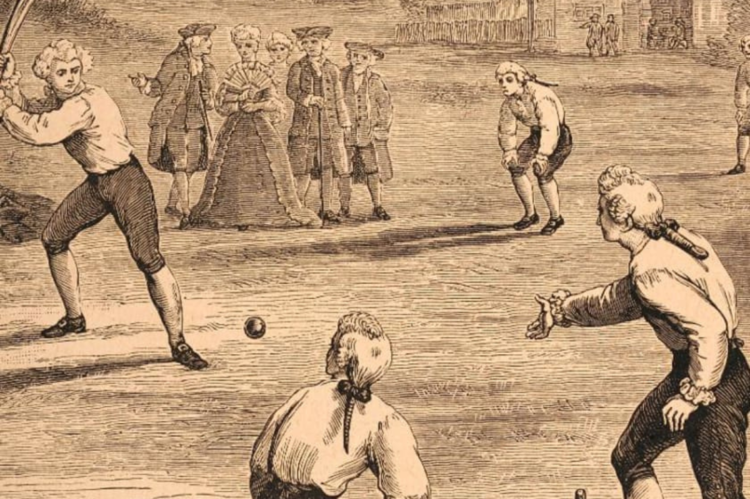History of Cricket
Cricket’s origins date back to the 16th century in England, making it one of the oldest team sports in the world. Initially, the game was played by children in rural areas, using sticks and balls. Over time, it gained popularity among adults, evolved into a more structured sport, and became a symbol of English culture.
As the sport continued to grow in England, cricket clubs were established in the 17th century, and formal rules began to be developed. The 18th century saw the first mention of cricket in official records, with matches between villages and counties becoming more common. The game’s popularity spread rapidly during this time, laying the foundation for its global significance in the centuries to come.
Early Origins of Cricket
Cricket is a sport with ancient origins, tracing back to the 16th century in southeastern England. Originally a game played by shepherds, the sport evolved over time into a popular pastime among diverse social classes. The early form of cricket was simple, with players using a wooden bat to hit a ball made of leather.
As cricket gained popularity in England, it gradually became organized into formal teams and matches. The rules of the game began to take shape, leading to the establishment of the first cricket clubs in the 18th century. These clubs played a crucial role in standardizing the sport and laying the foundation for the modern game of cricket that is beloved by millions worldwide.
Evolution of Cricket as a Sport
Cricket evolved from a simple recreational pastime to a widely popular sport through a series of modifications and developments. In the early days, cricket was played in an informal manner without standardized rules or equipment. As interest in the game grew, players and spectators alike pushed for a more structured and organized approach to playing cricket.
The evolution of cricket as a sport saw the establishment of formalized rules and regulations to ensure fair play and consistency across different matches. The introduction of specific equipment such as standardized bats, balls, and protective gear also contributed to the professionalization of the sport, making it more competitive and engaging for both participants and audiences.
The Spread of Cricket around the World
Cricket’s popularity began to spread rapidly beyond the English borders during the colonial era. British officers and soldiers stationed in various parts of the world introduced the sport to local communities, leading to its gradual acceptance and eventual assimilation into their cultures. As a result, cricket quickly established itself as a global phenomenon, transcending geographical boundaries and cultural differences.
The emergence of international cricket tournaments, such as the Ashes series between England and Australia, played a significant role in further popularizing the sport across different continents. The competitive spirit and camaraderie displayed during these matches captivated audiences worldwide, sparking a newfound interest in cricket among diverse populations. Consequently, cricket’s global appeal continued to grow, setting the stage for its widespread adoption as a beloved pastime in numerous countries across the globe.
The Establishment of Formal Rules for Cricket
The establishment of formal rules for cricket marked a significant turning point in the evolution of the sport. This pivotal moment occurred during the 18th century when the need for structured regulations became apparent as cricket grew in popularity. Prior to this, matches were often played informally without standardized rules, leading to inconsistencies and disputes among players.
The formalization of rules brought a sense of uniformity and structure to the game, ensuring fair play and consistency across different matches. One of the key developments was the creation of the Laws of Cricket in 1744, which laid out the regulations governing various aspects of the game such as the pitch dimensions, scoring, and allowed modes of dismissal. These rules not only standardized the game but also helped in fostering its growth and dissemination to different parts of the world.























